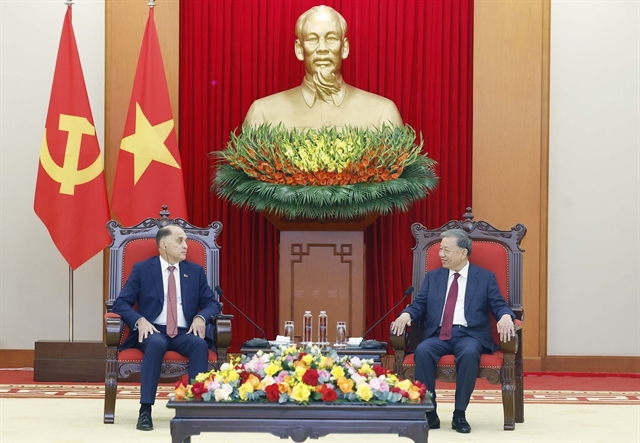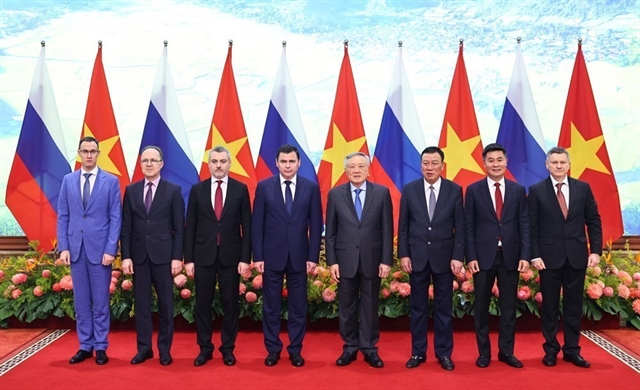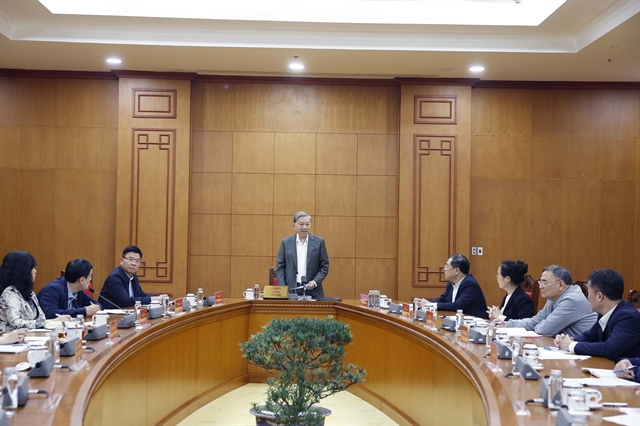 Life & Style
Life & Style
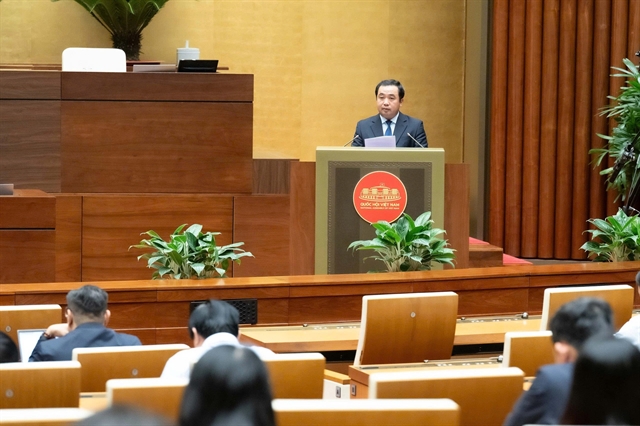
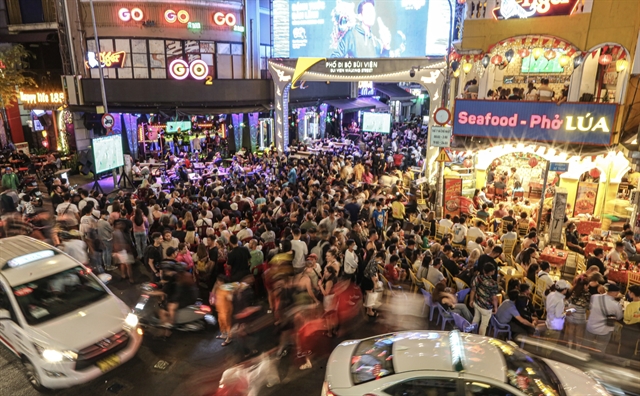
|
| A corner of Bùi VIện backpacker street. — Photo dantri.com.vn |
HCM CITY — In an effort to boost tourism and the night-time economy, HCM City is rolling out various initiatives to expand entertainment, shopping, and dining activities after 6pm, aiming to establish itself as a top night-time tourism hub in the region.
Night-time economic activities – ranging from entertainment and dining to shopping and cultural experiences – are an essential component of modern urban economies. Many global cities, including Bangkok, Singapore, and London, have successfully capitalised on their night-time economies, generating significant economic benefits.
However, despite its vibrant urban culture, HCM City has not fully unlocked the potential of its night-time economy. The majority of businesses still operate under traditional daytime hours.
According to the HCM City Department of Tourism, the city welcomed approximately 5.5 million international visitors and over 35 million domestic tourists in 2024.
A recent survey by the HCM City Department of Tourism revealed that international visitors expressed a strong interest in late-night activities. However, limited options and early closing times have discouraged greater spending.
According to Nguyễn Văn Thành, an economist at the HCM City University of Economics, the city’s night-time economy has the potential to contribute significantly to GDP. “If properly managed and promoted, extended business hours could increase tourism revenue by at least 20–30 per cent annually,” he said.
With its tropical climate, vibrant urban lifestyle, and rich culinary culture, HCM City has strong potential to develop night-time tourism. Popular areas such as Nguyễn Huệ Walking Street, Bùi Viện backpacker street, Bến Thành Market, and Thảo Điền in Thủ Đức City already attract crowds in the evening, but experts say the city still lacks a comprehensive night-time tourism ecosystem.
Despite its potential, the city still faces several challenges, including regulatory restrictions on late-night business operations, security concerns, and limited public transport options at night.
To address these issues, local authorities are reviewing policies to allow businesses to operate later while also strengthening public security and expanding night-time public transport services.
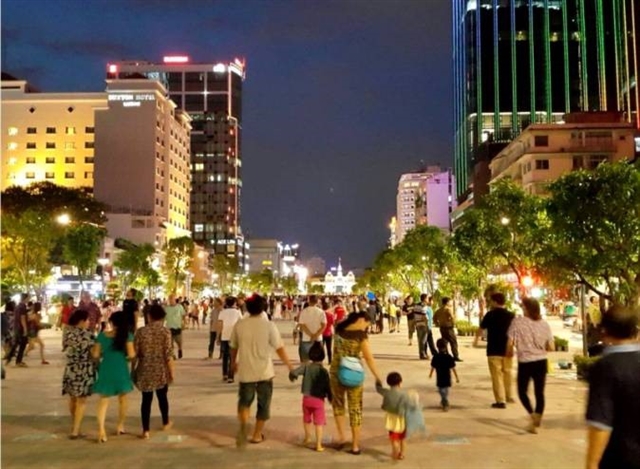
|
| Nguyễn Huệ Walking Street already attract crowds in the evening. — Photo nld.com.vn |
Plans to promote night-time tourism
To capitalise on this potential, the HCM City People’s Committee has approved a plan to develop the night-time economy by 2030, focusing on three key areas of food and shopping, culture and entertainment and night-time tours.
The city encourages the expansion of night markets, food streets, and shopping centres with extended operating hours.
Areas such as Bùi Viện, Bến Thành Market, and Tân Định are being planned as night-time culinary destinations.
The city is studying the development of cultural performances, light festivals, and water shows at major tourist sites such as Bạch Đằng Wharf and the Thủ Thiêm urban area.
Several night-time tour options have already been introduced, including night market tours, double-decker bus city tours, and Saigon River dinner cruises.
To ensure the sustainable growth of its night-time economy, HCM City is studying successful models from other global cities.
Bangkok, for example, has leveraged its night markets and entertainment districts to become one of the most visited cities in the world. The Thai government has actively supported the sector by streamlining licensing processes and improving infrastructure.
Similarly, London has implemented a ‘Night Time Economy Strategy’ that includes extended public transport hours, increased police presence, and the appointment of a ‘Night Czar’ to oversee policy development.
HCM City officials are exploring how similar strategies could be adapted to the local context to ensure both economic benefits and social harmony.
The city is looking to build on the success of Nguyễn Huệ Boulevard and Bùi Viện Walking Street by developing additional pedestrian areas and night markets. These zones will feature extended business hours, cultural performances, and interactive experiences for visitors.
Planners are also considering creating floating night markets along the Sài Gòn River, similar to those in Bangkok, to offer a unique experience that blends commerce with the city’s waterways.
As a travel agency catering to a diverse range of domestic and international markets, particularly specialising in city tours, Vietluxtour has collaborated with the District 1 People’s Committee to develop night-time sightseeing routes such as Saigon Then – HCM City Now and District 1 – Colours of the Night.
These products primarily serve inbound tourists (international visitors to Việt Nam). However, for those with longer itineraries in the city – five days or more – there is a growing need for more diverse night tour offerings to better meet travelers’ expectations.
Trần Thị Bảo Thu, communications director of Vietluxtour, told Tuổi Trẻ (Youth) newspaper that travel businesses always strive to differentiate their products. “For instance, visitors who enjoy river cruises will experience a shimmering, picturesque Sài Gòn, while those who prefer strolling through the streets will discover a different side of the city – lively and bustling.”
"This diversity is essential to helping tourists make full use of their time and travel budget,” Thu said.
A vision to become a regional night-time tourism hub
By developing night-time tourism, HCM City aims to attract more international visitors, increase tourist spending, and create more job opportunities for local residents.
With a well-planned approach, HCM City’s night-time economy has the potential to become a key driver of economic growth, tourism, and urban vibrancy. If executed effectively, HCM City could transform into a 24-hour metropolis, offering a dynamic and diverse nightlife that rivals other major cities in the region.
As authorities, businesses, and local communities work together, the city’s night-time economy could redefine its identity -- not just as Việt Nam’s economic hub, but as a premier destination for nightlife and cultural experiences in Southeast Asia. — VNS

